Our Story
The Ivanhoe Neighborhood Council (INC) is a 501(c)(3), not-for-profit neighborhood improvement organization composed of residents of the neighborhood and an ever-growing number of partners committed to the accomplishment of Ivanhoe’s vision of becoming a thriving community.
INC was founded in 1967 and later reorganized as a 501(c)(3) in 1997. Today, INC’s work is guided by the 100-point Strategic Plan developed by Ivanhoe residents in 2000. This plan was developed in partnership with the University of Kansas, supported by marketing assistance from the University of Missouri Kansas City, and hosted by the Kauffman Foundation. In the Strategic Plan, residents listed changes they wanted to see in the neighborhood and outlined strategies for achieving their goals. INC’s current focus areas are aligned with the initiatives outlined in the Strategic Plan.
In 2006, INC began operating out of the Nutter Ivanhoe Neighborhood Center after receiving support from key funders and donors like James B. Nutter and John Summers. Acquiring this building and the Nutter Ivanhoe Park paved the way for programming and events in a place residents could call home. Today, the Nutter Ivanhoe Neighborhood Center serves as INC’s headquarters and as a Community Action Network center. Governed by a Board of Directors, the organization’s six committees work together to implement Ivanhoe’s Strategic Plan and to be a force of positive change within the neighborhood.
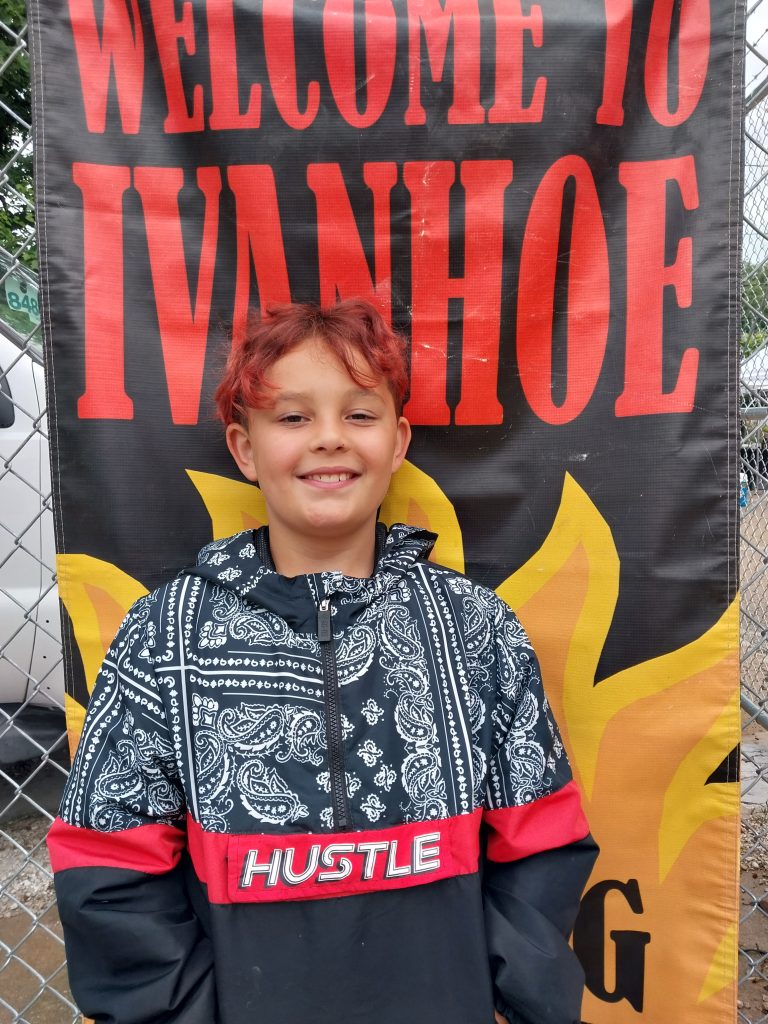
Our Focus Areas
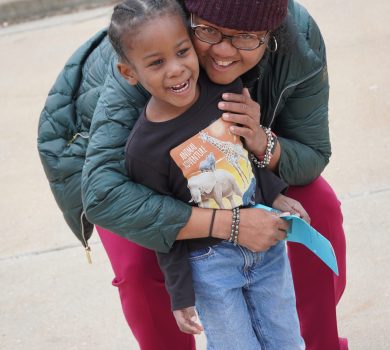
Youth & Family
INC works to make Ivanhoe a fun, welcoming neighborhood for residents of all ages. We offer numerous programming and events to ensure that our youth, families, and senior residents feel included and supported. Our Family/Youth and Adult Development/Education initiatives include Boy Scouts, Girl Scouts, sporting events and teams, game nights, holiday events and parties, senior cooking classes, senior technology classes, backpack giveaways, affordable housing repair projects, and more!
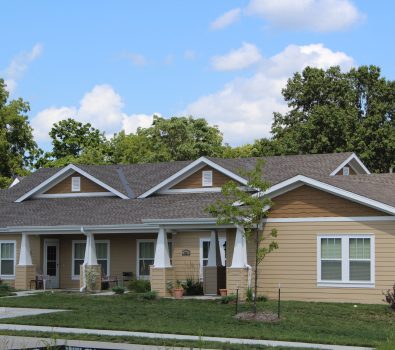
Housing & Economic Development
We want all of our residents to feel at home and valued in our neighborhood. Through our Housing & Economic Development initiatives, we allow residents to rent directly from the neighborhood, assist with minor home repairs, employ staff from directly within the Ivanhoe neighborhood, and partner with AARP to employ senior citizens. We also serve as a location where community service workers can earn their community service hours.

Seniors
INC works to make Ivanhoe a safe, inviting neighborhood for all. We recognize the unique needs of our senior population, and we work with our partners to devise programs that meet our seniors’ needs. We provide senior cooking classes and technology classes to allow them to develop and further their skills. We also offer affordable housing repair projects to ensure that our seniors’ homes are safe, beautiful, and in compliance with housing codes.
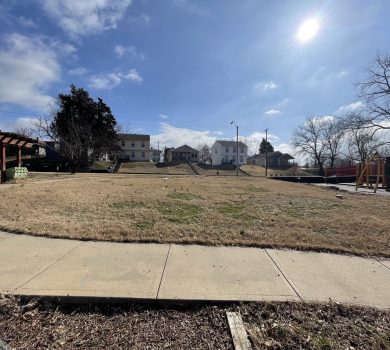
Crime & Safety
Our community can only thrive if all residents feel safe. Through our Crime & Safety initiatives, we partner with Kansas City and the Kansas City Police Department to make sure Ivanhoe residents feel safe and protected. Community engagement officers frequently stop by the Nutter Ivanhoe Neighborhood Center, patrol the neighborhood, and give crime updates during our monthly neighborhood meetings. Codes officers also enforce codes to ensure compliance with housing and building codes.
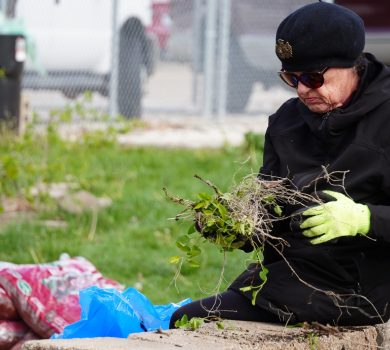
Beautification
INC strives to make Ivanhoe a beautiful, well-maintained neighborhood that all its residents can be proud of. To achieve this, we regularly host dumpster days and neighborhood cleanups. We also partner with code officers from the City of Kansas City to ensure our community is beautiful and safe.
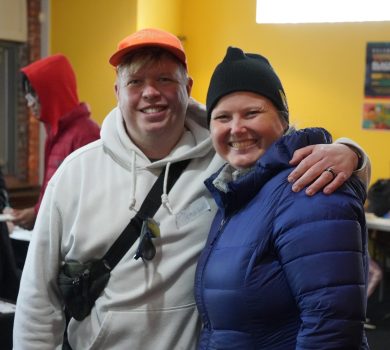
Health
We’re committed to improving the physical and mental health of all our residents. We work alongside doctors, nurses, and other healthcare providers to offer health fairs and other health-related events to ensure that our neighbors have access to healthcare. INC also started a community garden and farmers market to make nutritious fruits and vegetables more readily available to Ivanhoe residents.
Timeline
Summer:
- The Kauffman Foundation provided INC with a three-year operating support grant to implement its comprehensive strategic plan.
September:
- The Ivanhoe Block Contact Program was launched at the Kauffman Foundation.
October:
- Bruce R. Watkins Drive (Highway 71) opened all the way to downtown KC. This roadway, which divides the neighborhood in half, provides easy access from north to south and allows drivers the opportunity to see all of the exciting changes taking place in the neighborhood.
The first lvanhoe Executive Director was hired and began working in office space provided by the Front Porch Alliance, at the Harold Thomas Center, 3200 Michigan.
Spring:
- Ivanhoe rehabbed space on the 3rd floor of the Harold Thomas Center and filled two additional positions, Community Mobilizer and Office Assistant.
March:
- Regularly scheduled Block Contact Training sessions were started and, since that time, three Block Contact training sessions have been held each year.
October:
- 230 volunteers built a new playground area in Ivanhoe Park, located between Brooklyn and Wabash, 43rd Street to 44th Street. Partners in this project included KaBOOM!, Truman Medical Center, CNA Insurance Company, Kansas City, Missouri Parks and Recreation, and the Kauffman Foundation.
- INC moved to its own building at 3700 Woodland, rescuing it from City’s Dangerous Building List and scheduled demolishment.
- Ivanhoe launched its Positive Alternatives for Youth Program, providing Ivanhoe children and youth the opportunity to participate in a variety of structured enrichment programs.
- In collaboration with the Oak Park, Palestine, and Vineyard neighborhoods, Ivanhoe and partners were selected by the City as a primary property developer for the Neighborhood Stabilization Program (NSP) to acquire, rehab, and sell foreclosed properties.
- Ivanhoe was identified by Congressman Cleaver as one of the Green Impact Zone neighborhoods.
- INC created the Ivanhoe Storm Water Division Project to teach young adults how to do concrete finishing work – funded by the Green Impact Zone.
- INC received CDBG funding for the Ivanhoe Rental Revitalization Program to assist/incent landlords to improve rental properties.
- In partnership with Project Change and other partnering organizations, Ivanhoe built Jim Nutter Park on vacant land next to its building.
- Ivanhoe partnered with KC Healthy Kids to submit a grant proposal to Robert Wood Johnson to start the Ivanhoe Healthy Kids Initiative.
- Ivanhoe became a “cashless” UMB Branch. UMB hired an Ivanhoe resident to operate the bank, and financial literacy classes are conducted for residents on a monthly basis.
- The first annual Ivanhoe Physical Activities Challenge Event (PACE) was held and the Master Gardeners of Greater Kansas City, sponsored by the University of Missouri, planted a demonstration garden.
